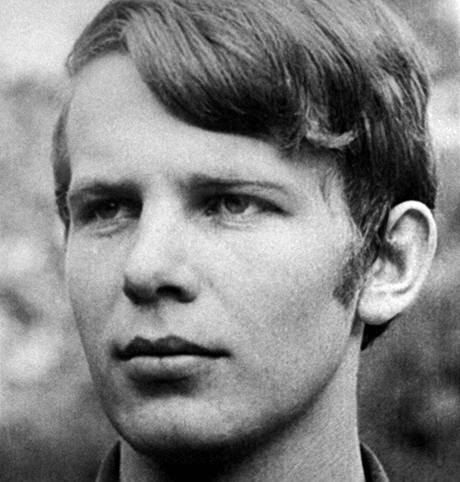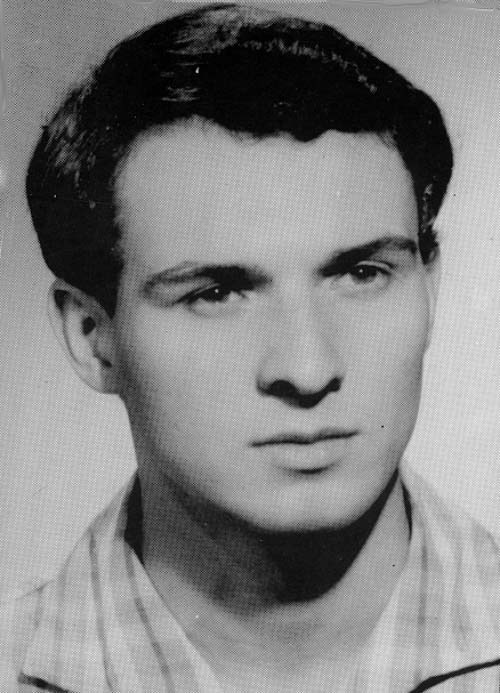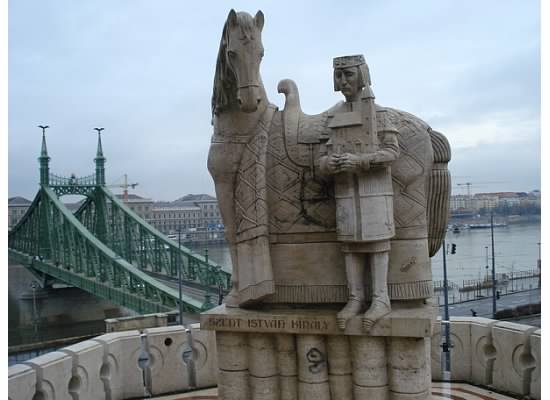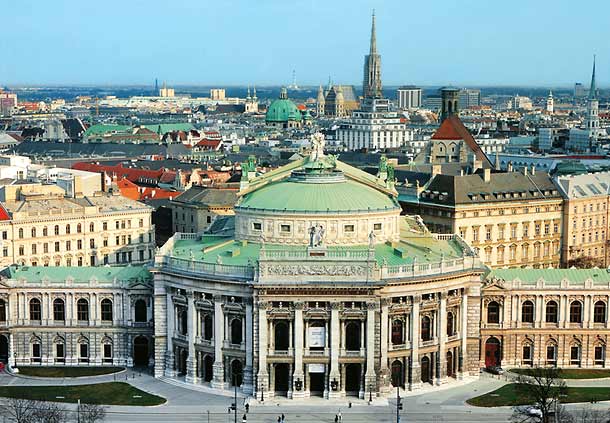 |
| http://www.didaweb.net/risorse/singolo.php?id=294 |
This memorial can be seen in Wenceslas Square where there was embedded a bronze cross at the spot where he fell, but Jan Palach has a square named for him where a copy of his death mask is on display. There are also many other memorials to Palach in different cities throughout Europe.
 |
| Jan Zajic http://zpravy.idnes.cz/ |
Who, What, and Why?
Jan Palach and Jan Zajic were two students who set
themselves on fire in protest of the Soviet occupation of Prague in the late
1960s after the Soviet Union invaded their native Czechoslovakia to crush the
reforms of Alexander Dubeck’s government during the Prague Spring.
Palach was the first of the two students to set himself on
fire in Wenceslas square, where the memorial now stands. Palach was just the start of a student pact that
planned to do the same thing. However,
most of the other students did not follow through after Palach made statements
on his death bed about the degree of pain that they face. Palach’s friend, Zajic, however follow
through with the plan.
 |
| Jan Palach |
The two students are now memorialized with a SANCTIFICATION structure
set in front of the National Museum on the eastern side of Jan Palach square,
next to the entrance to the of Charles University where Palach was a
student. Also, a bronze plaque marks the
exact spot where Palach set himself on fire, followed by Zajic one month later.
In a letter
that Palach left behind, he wrote:
"Mother, father, brother, little sister!
When you read this letter, I will already be dead or close to death. I know
what a severe blow my act will be to you, but don't be angry at me.
Unfortunately, we are not alone in this world. I am not doing this because I
would be tired by life, on the contrary, because I cherish it too much.
Hopefully my act will make life better. I know the price of life and I know it
is the most precious thing. But I want a lot for you, for everyone, so I have
to pay a lot. Do not lose your heart after my sacrifice, tell Jacek to study
harder and Marta too. You must never accept injustice, be it in any form, my
death will bind you. I am sorry that I will never see you or that, which I
loved so much. Please forgive me that I fought with you so much. Do not let
them make me a madman. Say hi to the boys, the river and the forest."
 |
| http://blogs.ischool.utexas.edu/newmedia/2013/02/24/memorials-e-european-tragedy-edition/ |
This memorial was made by the artist, Barbora Veselá, and the architects, Čestmír Houska and Jiří Veselý. The authors emphasized the horizontal – “two low round mounds stick out of the pavement; these mounds are connected together with a cross”. And at the same time, the memorial should symbolize a human figure as a torch. On the left of the cross, there are the names of Jan Palach and Jan Zajic with their dates of death.
The authors stated the reason why they had chosen this symbol:
“In our cultural environment, sacrifice has always been associated with the symbol of a cross. In the Christian tradition, the cross brings redemption. The meaning of our cross is similar to that of conciliation crosses. These were mostly erected in the landscape as memorials of conciliation, as a confession, and atonement for an unfortunate event as a means cope with it. However, we don’t want to soothe. It isn’t certain whether our cross is about to be erected or whether it has already been knocked down because of our indifference. Similarly, the mounds might be coming up or falling in the underground – into our subconscious, into the forgotten and suppressed history – and slowly, they can merge with the ground.”
| Locatoin of the memorial |
Jackson, Nicholas. "Jan Palach Memorial." Atlas
Obscura. Atlas Obscura, n.d. Web. 17 May 2013.
"Memorial to Jan Palach and Jan
Zajíc." Jan Palach. N.p., n.d. Web. 17 May 2013.










